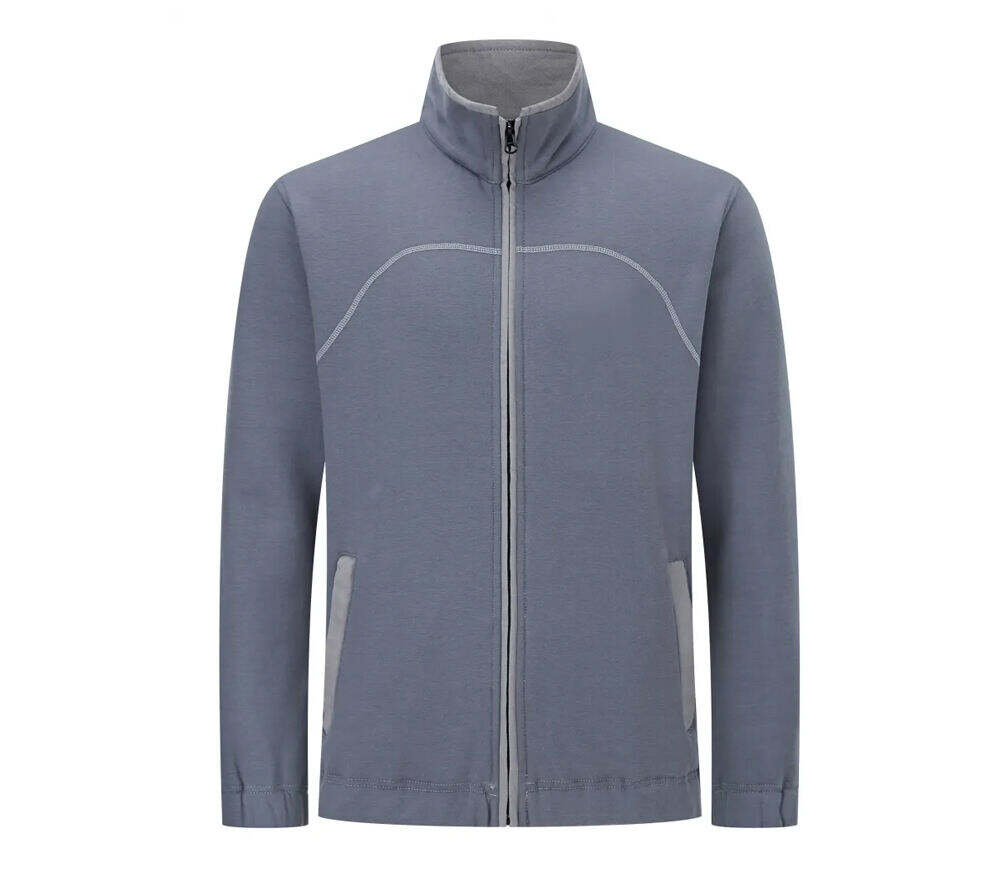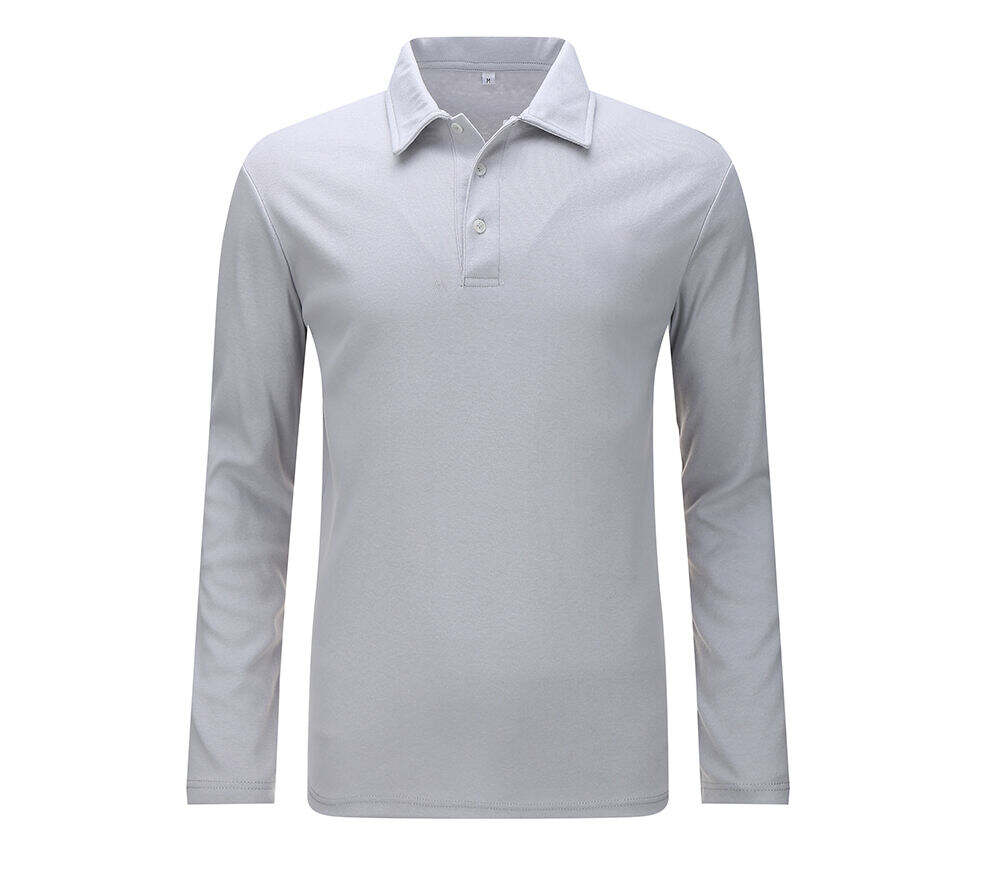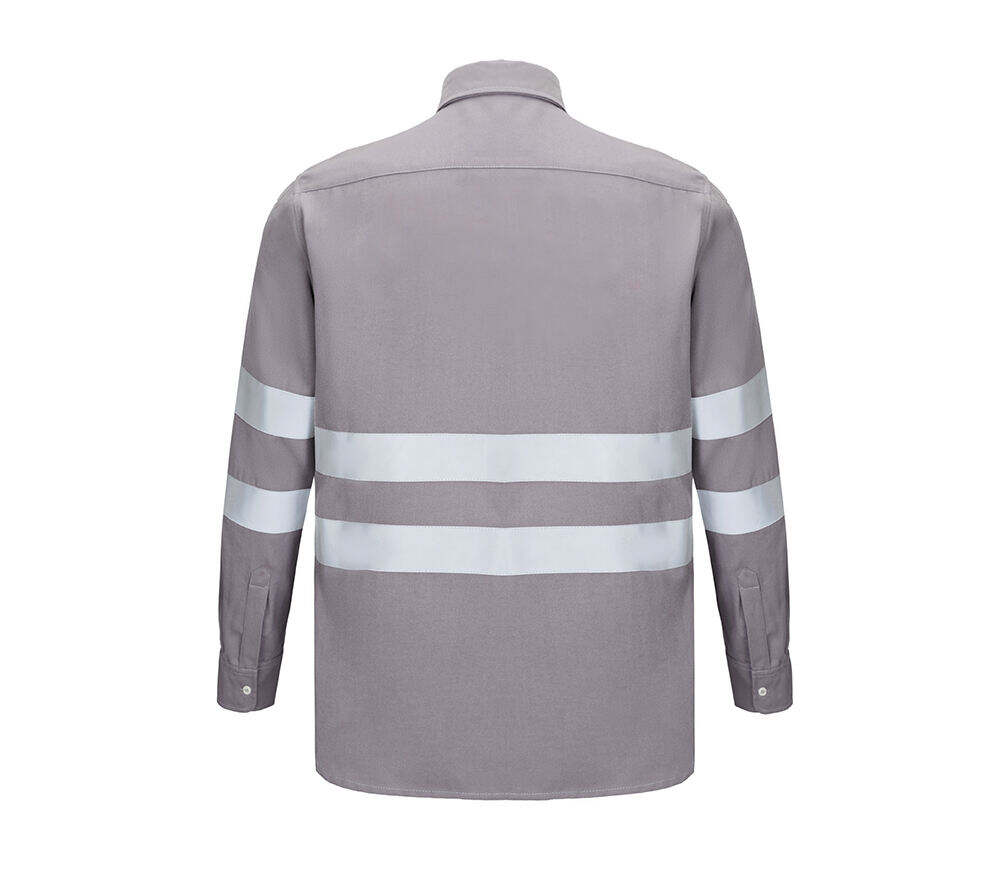In workplaces where the risk of arc flash incidents exists, the choice between arc flash clothing and regular workwear is not just a matter of preference; it is a matter of safety. Arc flash clothing and regular workwear serve different purposes and offer vastly different levels of protection, making it essential to understand the differences between them.
The most significant difference between arc flash clothing and regular workwear is the level of protection they provide against arc flash hazards. Arc flash clothing is specifically designed and tested to withstand the intense heat, flames, and molten metal splash that occur during an arc flash incident. It is made from high - quality, flame - resistant materials, such as aramid (e.g., Nomex) and modacrylic blends, which have excellent heat and flame resistance. These materials are able to resist ignition and self - extinguish when exposed to flames, reducing the risk of burns and injuries to the wearer. In contrast, regular workwear is not designed to provide protection against arc flash hazards. It is typically made from ordinary fabrics that can easily ignite and burn when exposed to the high temperatures of an arc flash, increasing the severity of injuries to the worker.
Another important difference is the arc rating. Arc flash clothing has a clearly labeled arc rating, which is a measure of its ability to protect against the thermal energy of an arc flash. The arc rating is expressed in calories per square centimeter (cal/cm²), and a higher arc rating indicates greater protection. Arc flash clothing is available in different arc ratings to suit the specific hazards in different work environments. Regular workwear, on the other hand, does not have an arc rating and offers no protection against arc flash incidents.
The construction of arc flash clothing is also different from that of regular workwear. Arc flash clothing is designed with features such as double - stitched seams, reinforced areas in high - wear zones, and durable zippers or fasteners. These features ensure that the clothing can withstand the stresses and strains of an arc flash incident without coming apart. Regular workwear may not have these reinforced features and is more likely to tear or come apart under the extreme conditions of an arc flash.
Comfort is a factor that is often considered when choosing workwear, and both arc flash clothing and regular workwear can be designed to be comfortable. However, arc flash clothing is made from breathable fabrics that allow air circulation, keeping the worker cool and reducing the risk of heat stress. It also has moisture - wicking properties that help to draw sweat away from the body, keeping the worker dry and comfortable. Some arc flash clothing may have adjustable features, such as waistbands, cuffs, and collars, to ensure a proper fit. While regular workwear can also be comfortable, it does not offer the same level of protection as arc flash clothing in the event of an arc flash incident.
Visibility is another aspect where arc flash clothing and regular workwear may differ. In work environments with heavy machinery or moving vehicles, it is important for workers to be easily seen. Arc flash clothing often comes in high - visibility colors, such as yellow or orange, and may have reflective strips or patches to improve visibility in low - light conditions or from a distance. Regular workwear may not have these visibility features, increasing the risk of accidents in such environments.
Cost is also a consideration when choosing between arc flash clothing and regular workwear. Arc flash clothing is generally more expensive than regular workwear due to the specialized materials and construction techniques used. However, the cost of arc flash clothing is a small price to pay compared to the potential costs of an arc flash incident, including medical expenses, lost workdays, and legal liabilities.
In conclusion, when it comes to workplaces with arc flash hazards, arc flash clothing is the clear choice over regular workwear. It provides superior protection, has an arc rating, is well - constructed, can be comfortable, offers improved visibility, and although more expensive, is a necessary investment to ensure the safety of workers.


